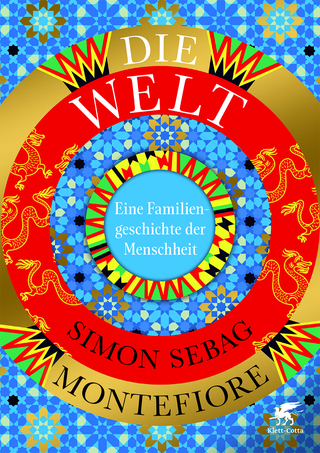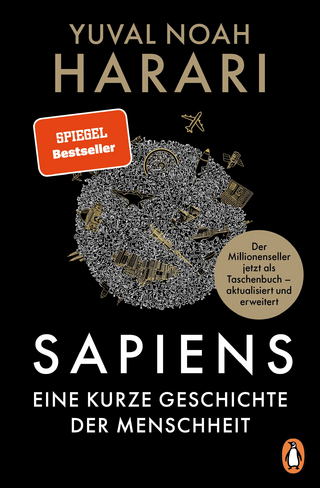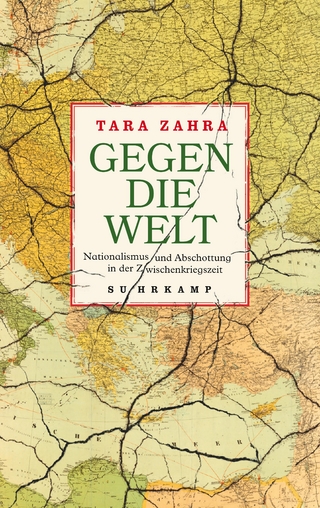
Neorrealismo y cine en Cuba
Purdue University Press (Verlag)
978-1-55753-987-8 (ISBN)
Neorrealismo y cine en Cuba: Historia y discurso entorno a la primera polémica de la Revolución, 1951–1962 [Neorealism and Cinema in Cuba: History and Discourse on the First Polemic of the Revolution, 1951–1962] examines the aesthetic history and relations between Cuban film production and Italian Neorealism. The historical framework begins in 1951 before the triumph of the Cuban Revolution and ends in 1962, a year that marks a rupture between Cuban filmmakers and the Italian neorealist aesthetic. The main collaborations happened between Cuban directors Tomás Gutiérrez Alea and Julio García Espinosa and Italian neorealist filmmaker Cesare Zavattini. The circumstances that led to the end of the relationship between Zavattini and the Cuban filmmakers are connected to the film El joven rebelde [The Young Rebel], directed by García Espinosa and screened for the first time in 1961. The rupture centered on creative and ideological differences regarding the way in which the protagonist was to be portrayed in the movie. This seemingly minor disagreement had considerably larger repercussions, the end result of which was that García Espinosa and Gutiérrez Alea, as well as the rest of the Cuban filmmakers who worked within the Instituto Cubano del Arte e Industria Cinematográficos (ICAIC) after 1959, were driven to find their own creative strategies to craft a national film production. However, the Cuban filmmakers would not have found the necessary grammar to rewrite their own revolutionary cinema without the rupture with Zavattini. This new cinematographic language could not have existed without the various pauses and the distances that characterized the Cuban relationship with Neorealism. In other words, the fragmentary interchange between García Espinosa, Gutierrez Alea, and Zavattini created new spaces in which the Cubans could find creative opportunities to express their own cinematic vision.
Anastasia Valecce is an associate professor of Hispanic studies in the Department of World Languages and Cultures at Spelman College. Her research centers on contemporary Caribbean studies with a special focus on Cuba, Puerto Rico, and the Dominican Republic. Her work includes film studies, queer and gender studies, visual art, visual culture, literature, performance studies, and pop culture. Her latest works include articles on contemporary cultural, visual, film, and queer productions in Puerto Rico, contemporary queer Dominican cinema, and on the digital era and the internet in contemporary Cuba.
Agradecimientos
Introducción: El proyecto
Sobre el neorealismo italiano
El neorrealismo italiano en Cuba
Cronología
Las películas cubanas
La ruptura
Estructura, metodología y conceptos teóricos
Desglose de los capítulos
Capítulo uno: El neorrealismo italiano y sus divergencias
Un conjunto de voces
El contexto histórico-social
¿Continuidad o ruptura?
Filmografía y revistas neorrealistas
Una estética cambiante
Capítulo dos: Zavattini transatlántico
El aire se mide en "Za"
La producción zavattiniana en Italia
Zavattini y el neorrealismo
Zavattini en Cuba
¿Za transatlántico o una estética transatlántica?
Capítulo tres: Entre el espectáculo, la propaganda y la realidad: El neorrealismo italiano según Julio García Espinosa y Tomás Gutiérrez Alea
Coordenadas
Tomás Gutiérrez Alea
El valor de las conversaciones epistolares
Las cartas
Julio García Espinosa
Conclusiones
Capítulo cuatro: La imaginación de la Revolución en pantalla: Sogno di Giovanni Bassain y El Mégano
Imaginando nuevas posibilidades narrativas en la era prerrevolucionaria
El sueño de Titón
Sogno di Giovanni Bassain
El análisis fílmico
La imaginación desde Giovanni a Titón
La Revolución en 16mm.: el caso de El Mégano
Los escritos acerca de El Mégano
Sobre el proyecto
La película
Conclusiones
Capítulo cinco: Por un cine "neorrealísticamente" (im)perfecto: Historias de la Revolución y El joven rebelled
La Revolución en pantalla
Historias de la Revolución
Un análisis de los episodios: "El herido," "Rebeldes" y "Santa Clara"
Historias de un espacio problemático
El joven rebelde
Las cartas (de unos jóvenes rebeldes)
Un libro rebelde
La película
Conclusiones
Conclusión: Trayectorias futuras
Sobre las trayectorias
Primeros pasos
Organización del texto
Más allá de los límites
De la práctica a la teoría
Trayectorias futuras
Neorrealismo a lo Cubano
Notas
Bibliografía
Filmografía
Índice alfabético
| Erscheinungsdatum | 10.09.2020 |
|---|---|
| Reihe/Serie | Purdue Studies in Romance Literatures |
| Zusatzinfo | 5 illustrations |
| Verlagsort | West Lafayette |
| Sprache | spanisch |
| Maße | 152 x 229 mm |
| Gewicht | 333 g |
| Themenwelt | Kunst / Musik / Theater ► Film / TV |
| Geisteswissenschaften ► Geschichte ► Allgemeine Geschichte | |
| Geisteswissenschaften ► Geschichte ► Regional- / Ländergeschichte | |
| Sozialwissenschaften ► Kommunikation / Medien ► Medienwissenschaft | |
| ISBN-10 | 1-55753-987-1 / 1557539871 |
| ISBN-13 | 978-1-55753-987-8 / 9781557539878 |
| Zustand | Neuware |
| Haben Sie eine Frage zum Produkt? |
aus dem Bereich


